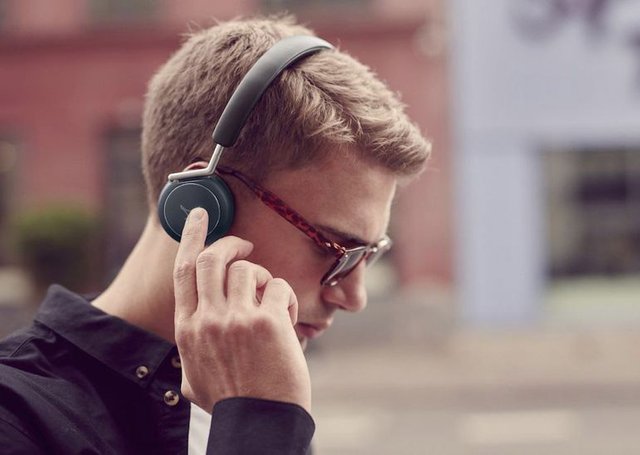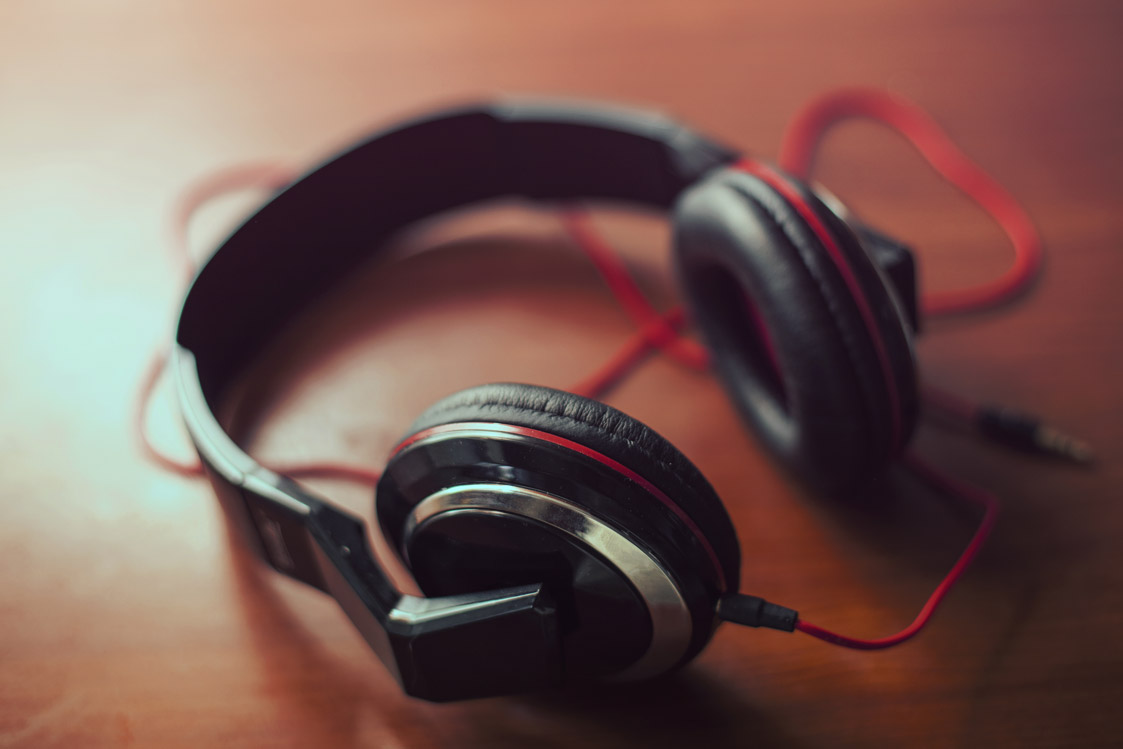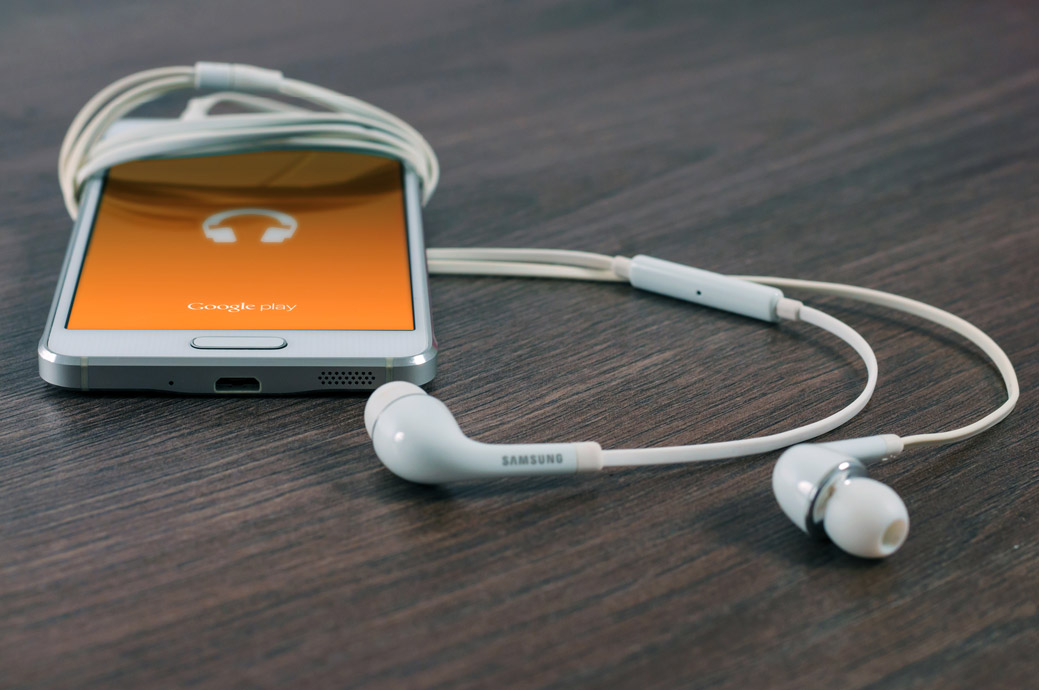
There are variety of headphones (or earphones) available that it becomes difficult for us to choose the right one that suits our purpose.
We may sometimes find that a budget headphone may give a better output than a costly one. This is because everyone’s taste is different, some people like bass and some treble, some love loud music and some people love soothing music. So every headphone may not suit everybody.
So how to choose which headphone is best for you. For that first let’s discuss the different types of headphones and their features. Later on we will discuss in detail about different specs of a headphone like frequency range, sound pressure level, impedance etc.
Types of Headphones
There are basically three types of headphones.
1. On-ear Headphones

On-ear headphones or supra-aural headphones are those headphones which rest on the top of the ear. They are basically more light weight than over-ear headphones and are easier to carry. As they sit on the ears, there may be some leakage of sound and may not provide noise isolation as good as over-ear headphones. Sometimes they may be tight and my squeeze the ear too tightly to make it uncomfortable for you to use it for a long time. So, it is crucial to choose the correct pair that fits perfectly.
2. Over-ear Headphones
Over-ear or circum-aural headphones enclose the whole ear. So they are more comfortable for a long term usage. As they encase the entire ear, there is no leakage of sound so it gives better noise isolation. Also because of this bass is better in these type of headphones. Since they are bigger in size they are less portable than other type of headphones.
These type of headphones are further divided into two types:

Closed Back: These are most general type of circumaural headphones having the back of earcups sealed. Because of this it provides superior noise isolation and more clear audio.

Open Back: This type of over-ear headphones has the back of its earcups open. These type of headphones have more sound leakage but sometimes they are preferred by the audiophiles as they provide more natural sound, they feel.
3. In-ear Headphones

In-ear or canal headphones fit inside the ear canal. Since they fit inside the entrance of the ear, they provide better noise isolation and good quality music. These type of headphones come with different size of tips, so you need to choose the one which fits perfectly in your ear canal otherwise it may be loose and will reduce noise isolation.
These were the different types of headphones, now let’s discuss about the different technical specifications which we see on the box of headphones or on its site.
Technical Details or Specs
Frequency Range and Frequency Response
Human audible frequency range is 20Hz to 20KHz. Different headphones come with different frequency range (e.g. 17Hz – 22KHz, 20Hz – 22KHz etc.). While choosing a headphone it should be noted that lower the minimum frequency more will be the bass and higher the maximum frequency more will be the treble. And the response or output that we get at different frequencies is called frequency response. Some headphones contain a chart for frequency response. By studying the chart, we may understand about the output of the headphone.
Driver Size
Driver is the most important component of a headphone which creates the sound. It converts electrical energy into sound energy and has a diaphragm which vibrates to produce the sound. It is generally regarded that larger drivers produce better quality audio, but it is not a fixed rule. Size of a driver is measured by the diameter of the diaphragm in millimeters. So, a driver size of 40mm or above is good for an over-ear headphone.
The in-ear headphones contain a driver of 8mm to 12mm. Some in-ear headphones contain two drivers, one for handling bass and other for mid and high frequencies. And some premium in-ear headphones contain even more than two drives.
Impedance
Impedance is the electrical resistance produced by a headphone. It is measured in Ohms. Headphones with higher impedance require more power. So, impedance is generally less (below 32 Ohms) in headphones designed for mobile devices. So, headphones for mobile devices use a low voltage and require a high current which sometimes creates a hissing sound. On the other hand, high-end headphones have a higher impedance (above 300 Ohms) which produces clear sound but require a dedicated amplifier to power them.
In some cases, impedance mismatch may also create sound distortions and noise. So, higher impedance headphones should not be used with smartphones and low end headphones should not be used with high-end audio systems and amplifiers.
Total Harmonic Distortion (THD)
In some headphones we may find some sound distortions at higher volume levels. This happen when the diaphragm could not vibrate as fast as required at higher volumes. This creates a sound distortion called Total Harmonic Distortion (THD). Most headphones have THD of less than 1%. Lower the THD better will be the sound output at high volumes. So, many premium headphones have a THD of 0.5% or sometimes even up to 0.1%.
Sensitivity and Sound Pressure Level (SPL)
Sensitivity of a headphone may be described as its efficiency. Sound Pressure Level indicates the loudness of a headphone. SPL is measured in Decibel SPL per milliWatt. The SPL of most headphones is in the range of 85 – 120 dB SPL/mW. So, higher the Sound Pressure Level of a headphone, louder will be its sound output.
Noise Cancellation
Some headphones have noise cancellation technology. They have a dedicated microphone which records the ambient noise, then creates an inverse sound wave and feed it back into the headphones to effectively cancel out the noise. It works best for constant low frequency noise (like sound of the engine of an aeroplane) but does not work for higher frequency noise (like people talking around).
Noise Isolation
Noise Isolation means blocking external noise by the physical design of the headphone. As we have already discussed before, noise isolation is higher in in-ear headphones and over-ear headphones with closed back.
So how to make the choice?
Understanding a headphone configuration is a much complicated task. But still we may try to find the headphones that best suits our purpose by taking into account the above factors, our environment and the type of music we love to hear. People’s review of the headphone may also become an important factor affecting your decision.
Image Source: https://www.pexels.com
What headphones do you use? How do you choose a headphone?
Did you like the article?
Let me know in the comment section below. :)
Thanks.
Nice written. Some days ago I published another wireless headphone choosing guide if anyone needs information then check the link Best wireless Bluetooth Headphone guide
Downvoting a post can decrease pending rewards and make it less visible. Common reasons:
Submit
I am currently using these Panasonic earbuds. Panasonic RPHJE120K In-Ear Headphone
With more spending money, I hope to get something like these Sony headphones (I've heard Sony headphones are good.)
Sony MDR-V55/BR DJ Style Headphones
Downvoting a post can decrease pending rewards and make it less visible. Common reasons:
Submit
We shouldn't judge a headphone only on the basis of it's brand. We must look at the specs which I have discussed in the post to get the best out of our budget. ;)
Downvoting a post can decrease pending rewards and make it less visible. Common reasons:
Submit
True. There can be good/bad headphones within each brand. For my next pair, I am aiming to have something that are not earbuds and have very low sound leakage. With the other technical factors, I am not familiar with those.
Downvoting a post can decrease pending rewards and make it less visible. Common reasons:
Submit